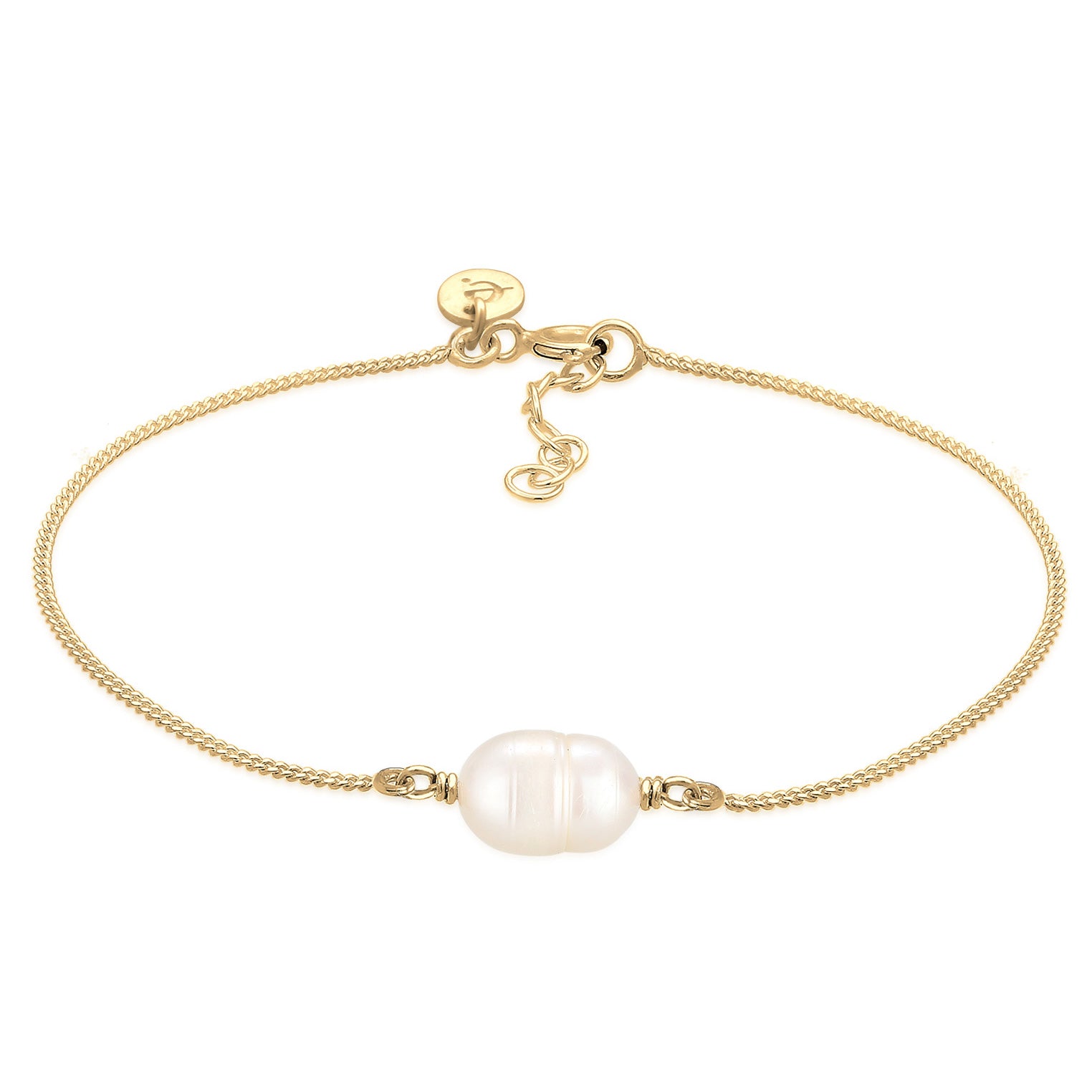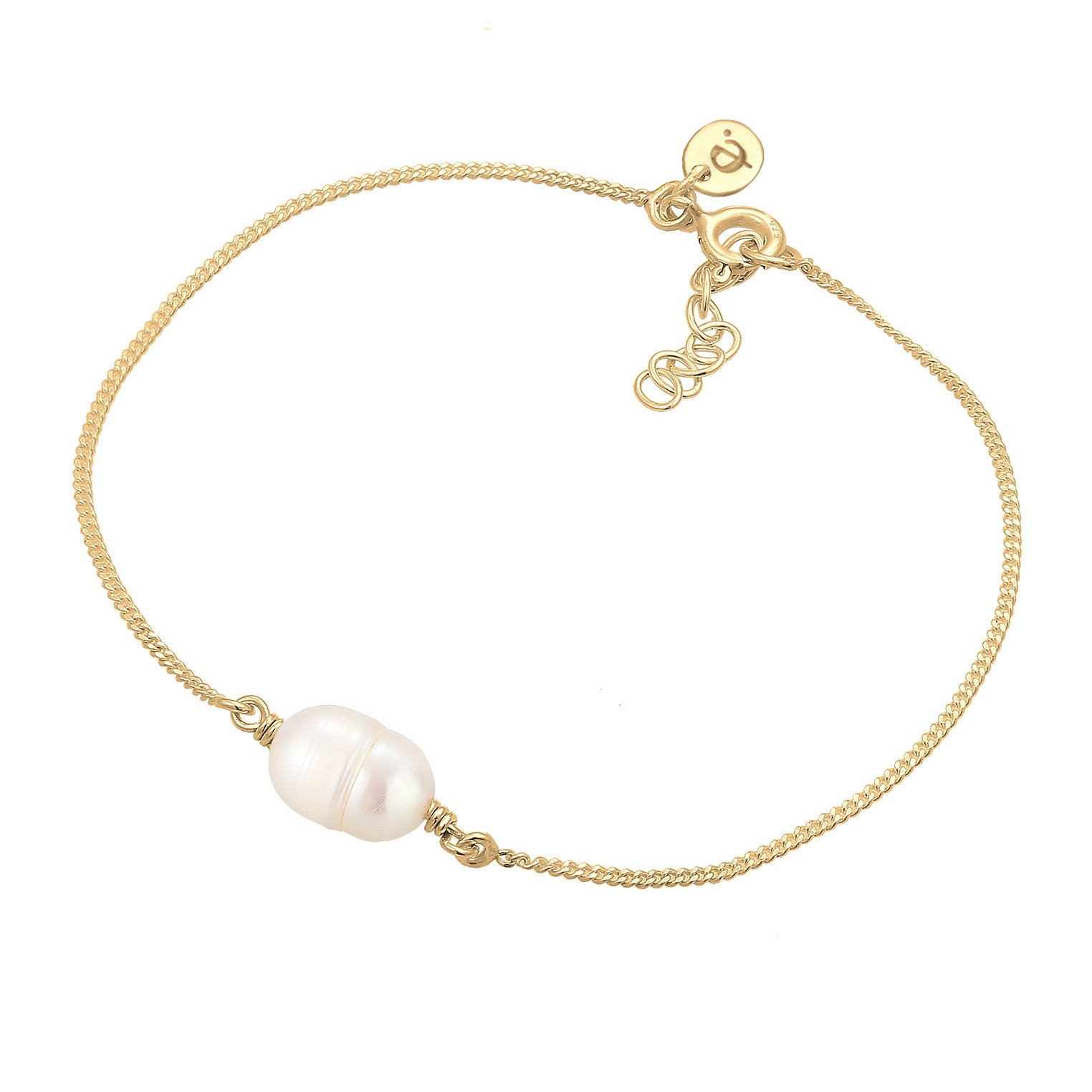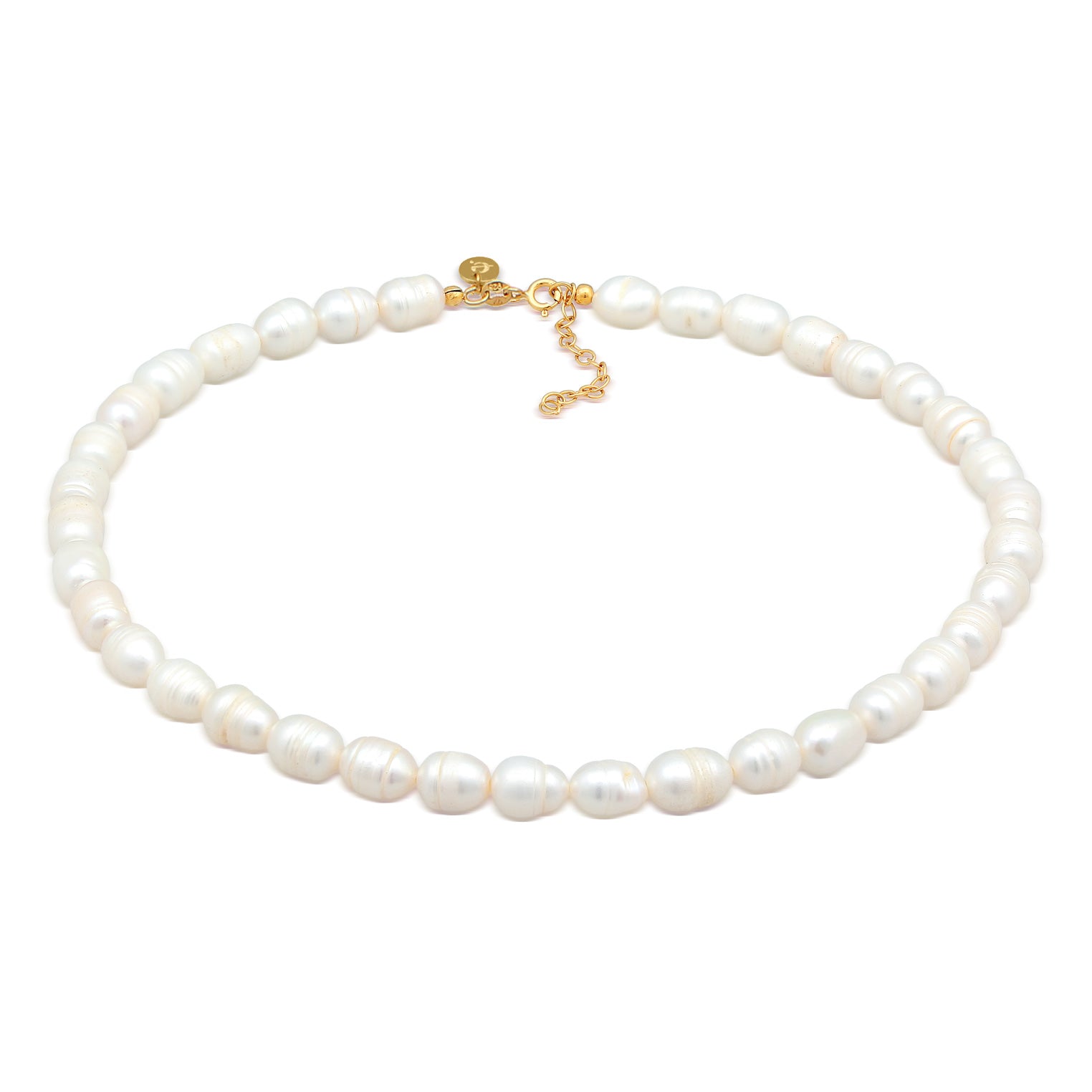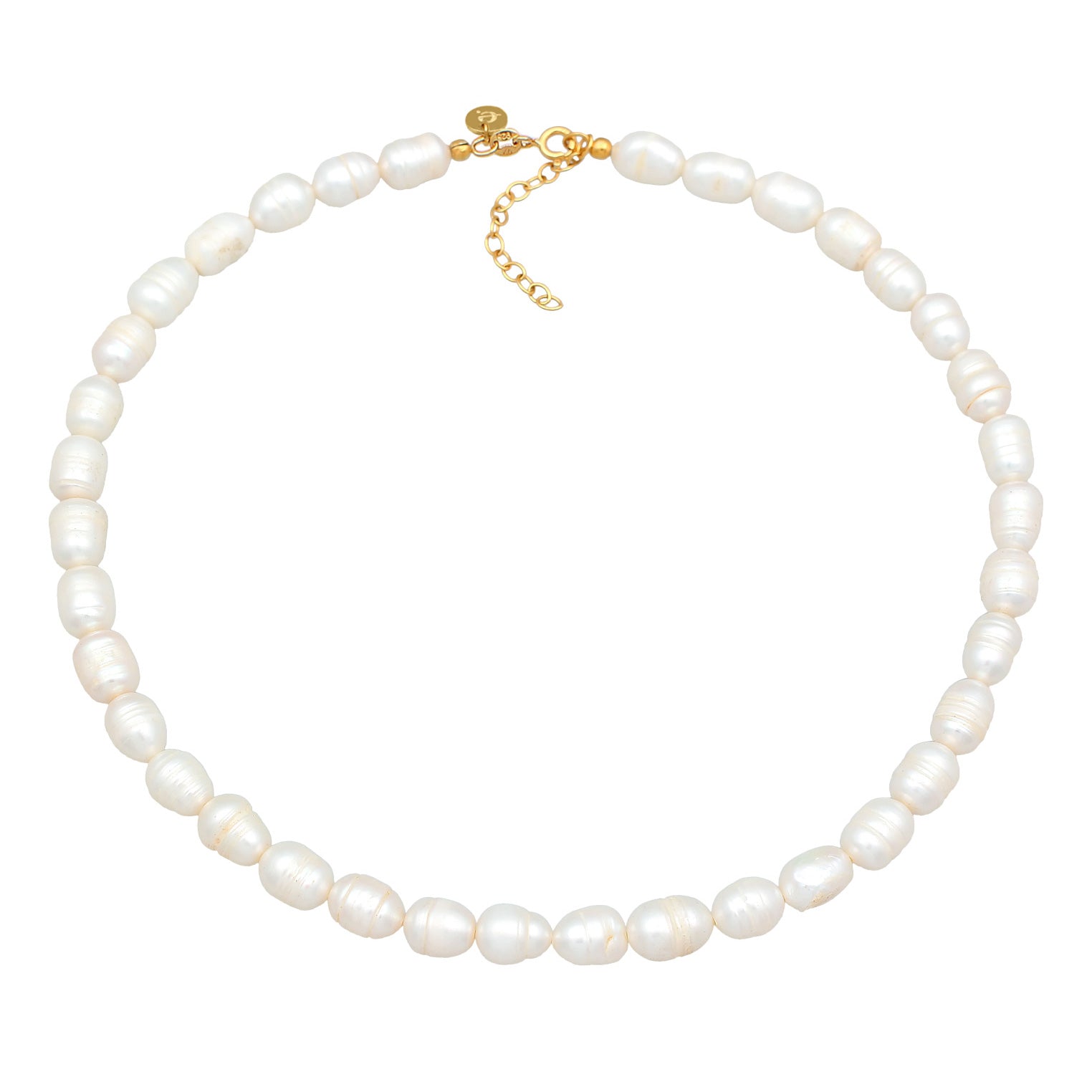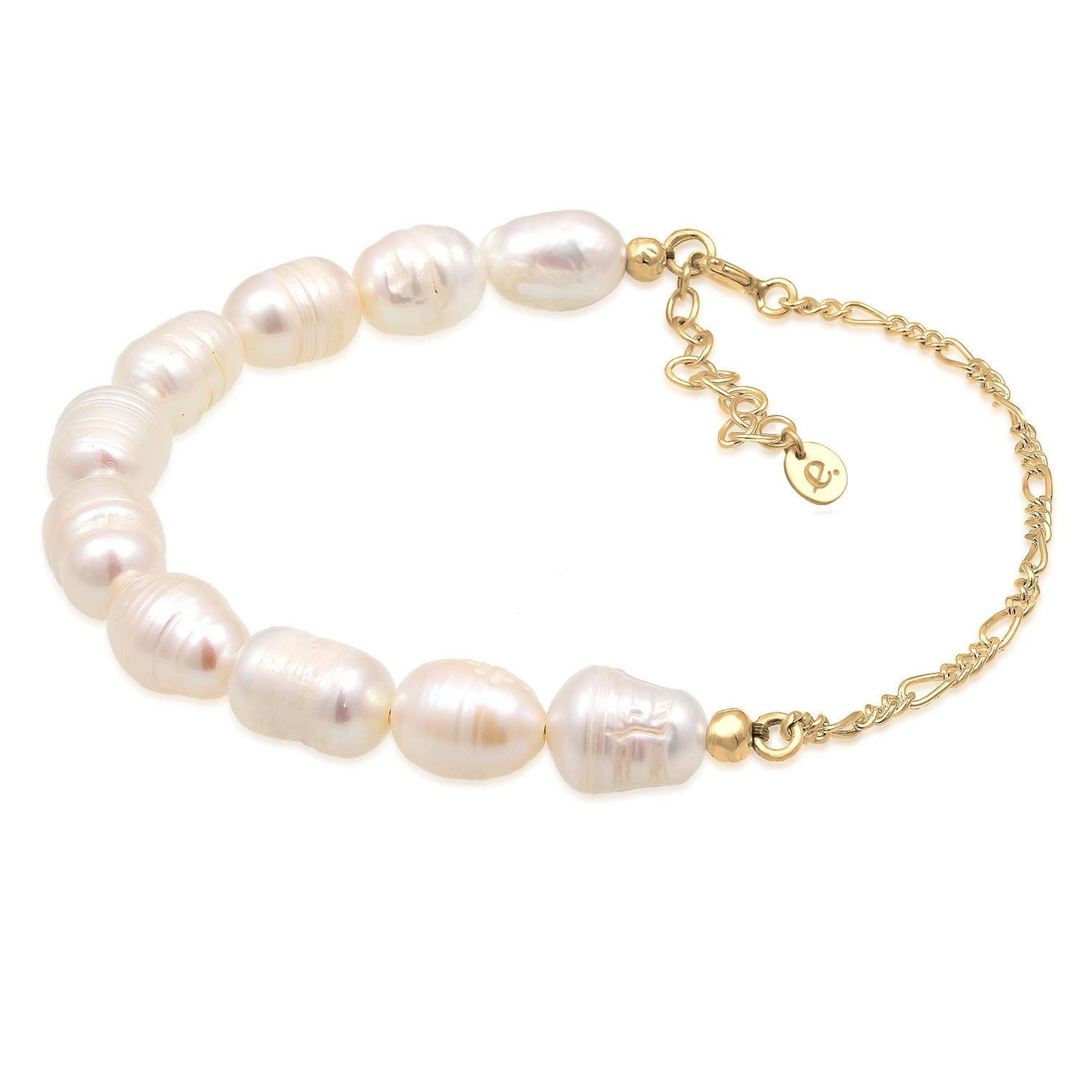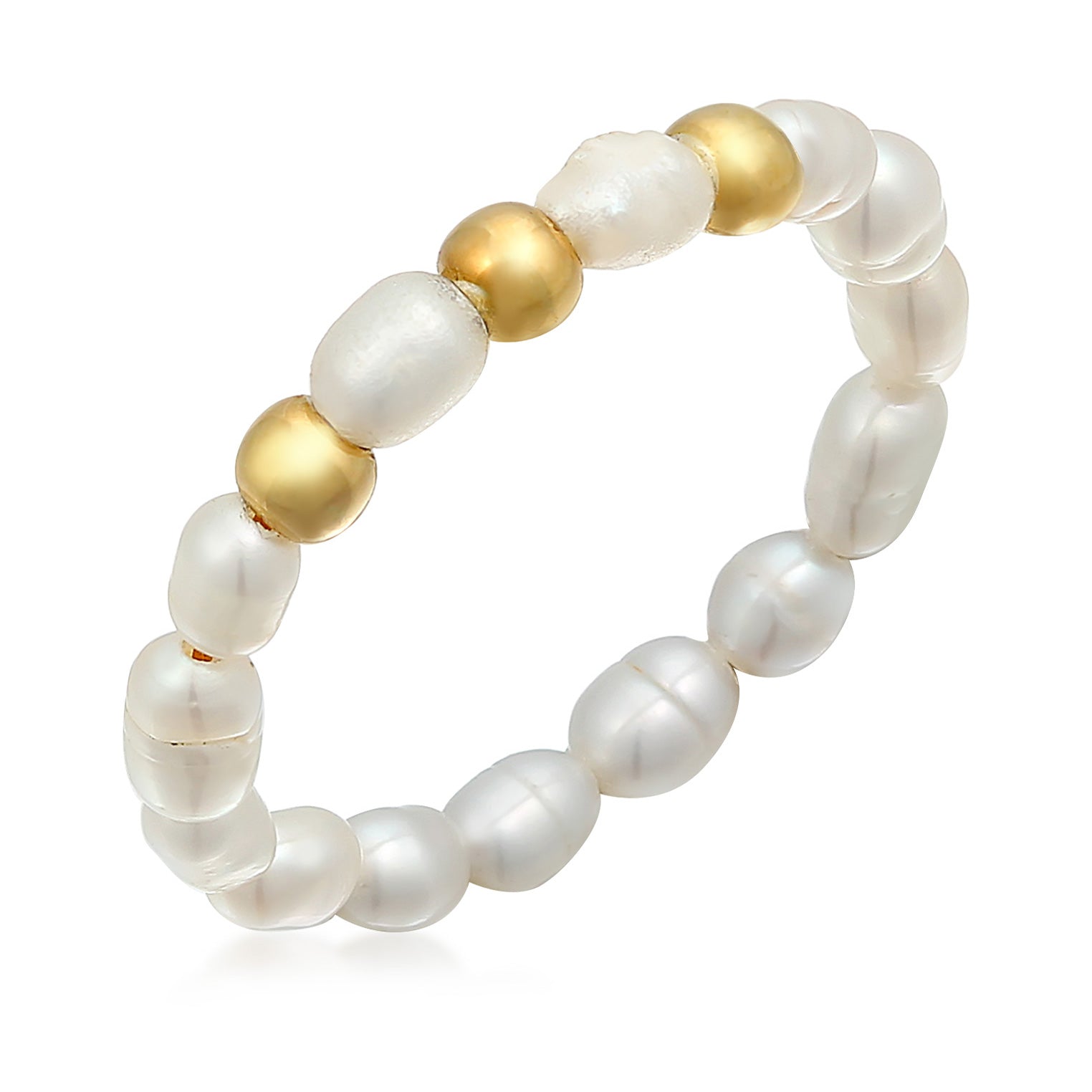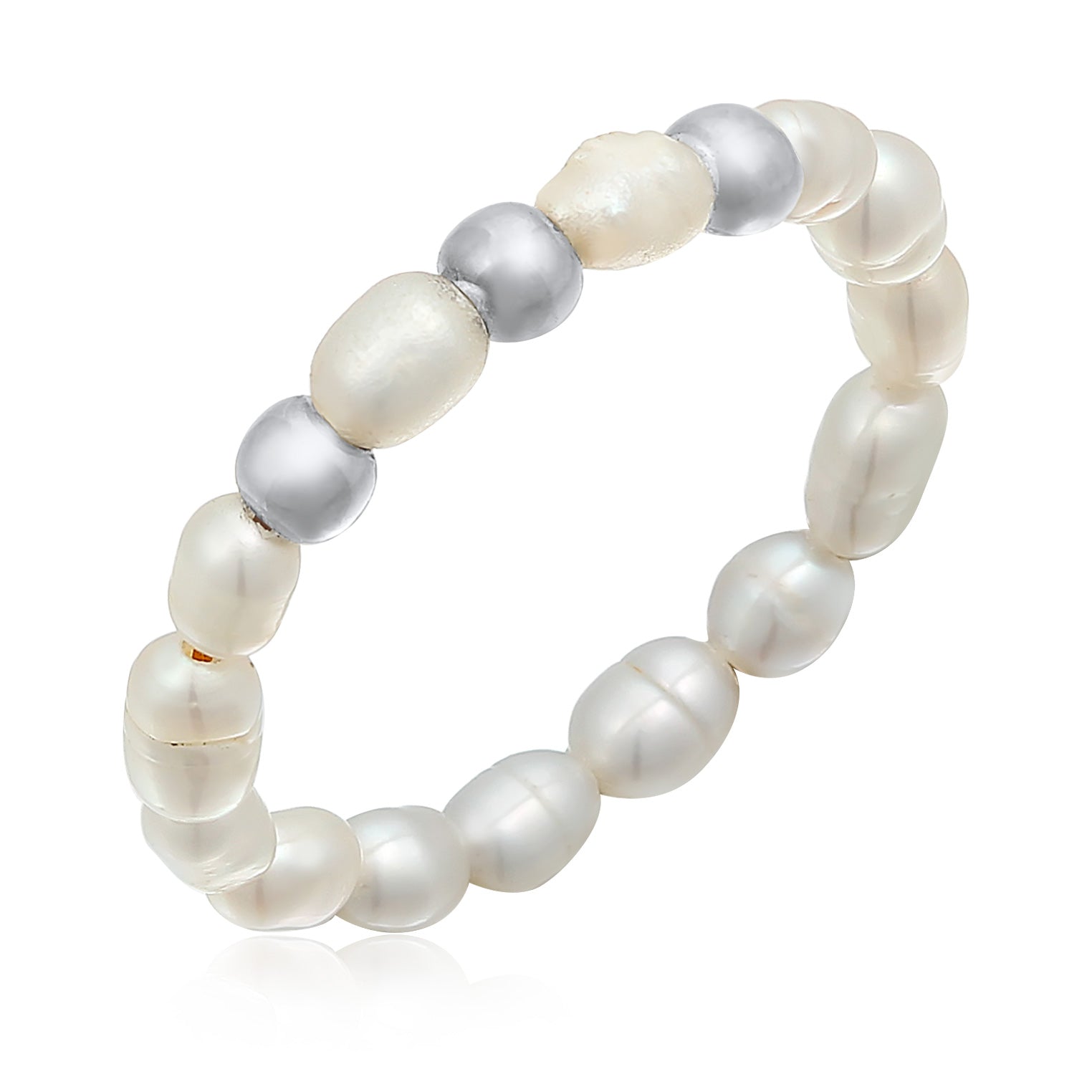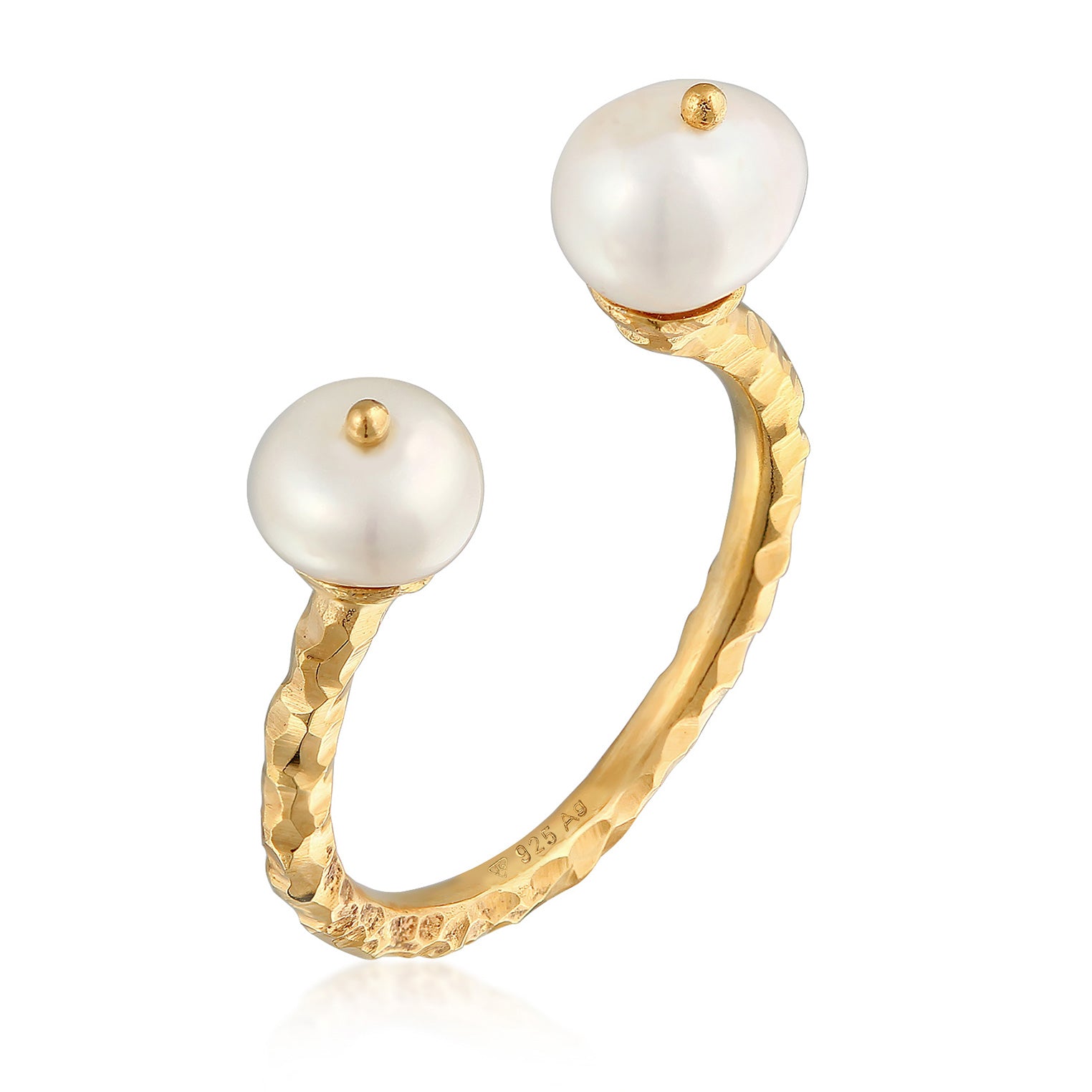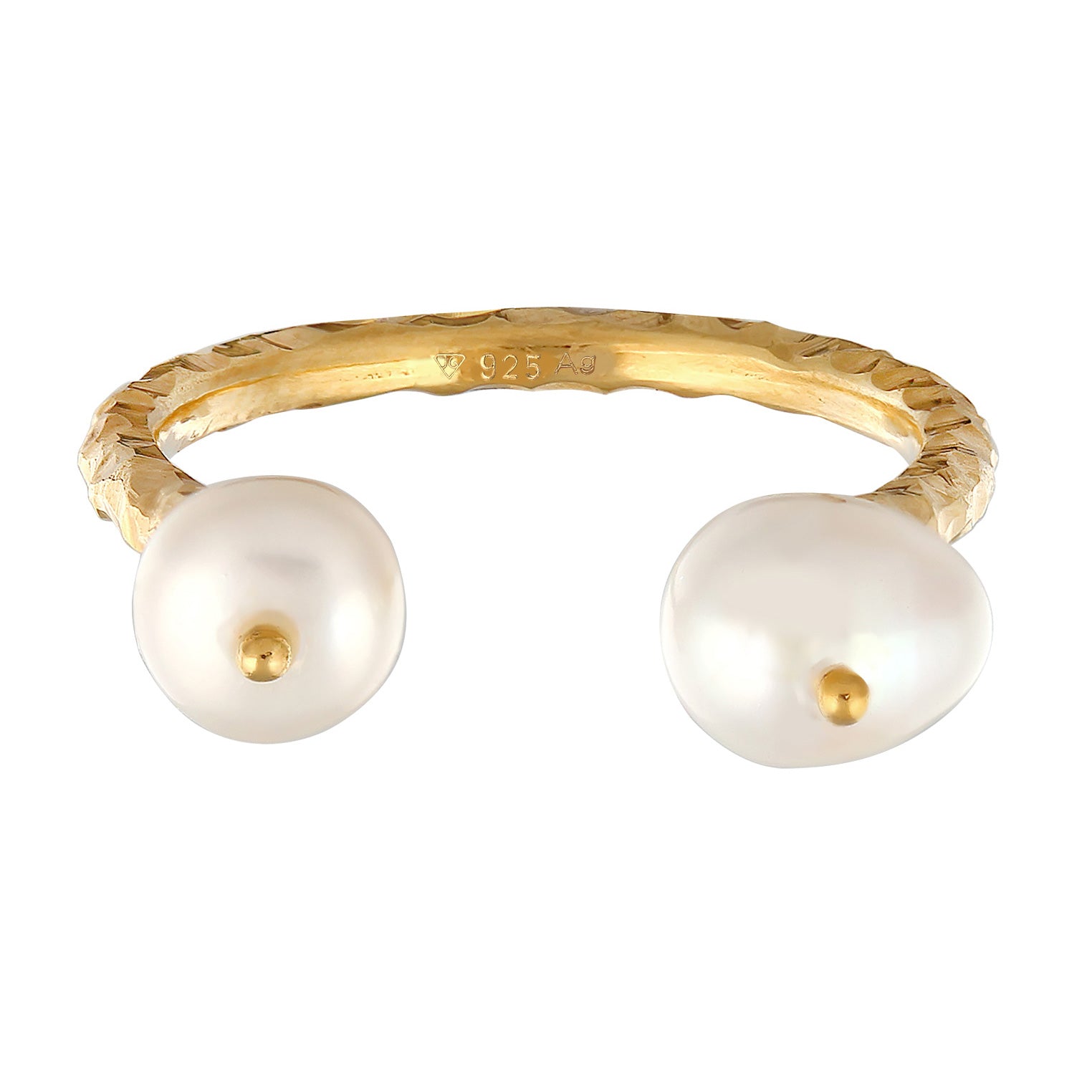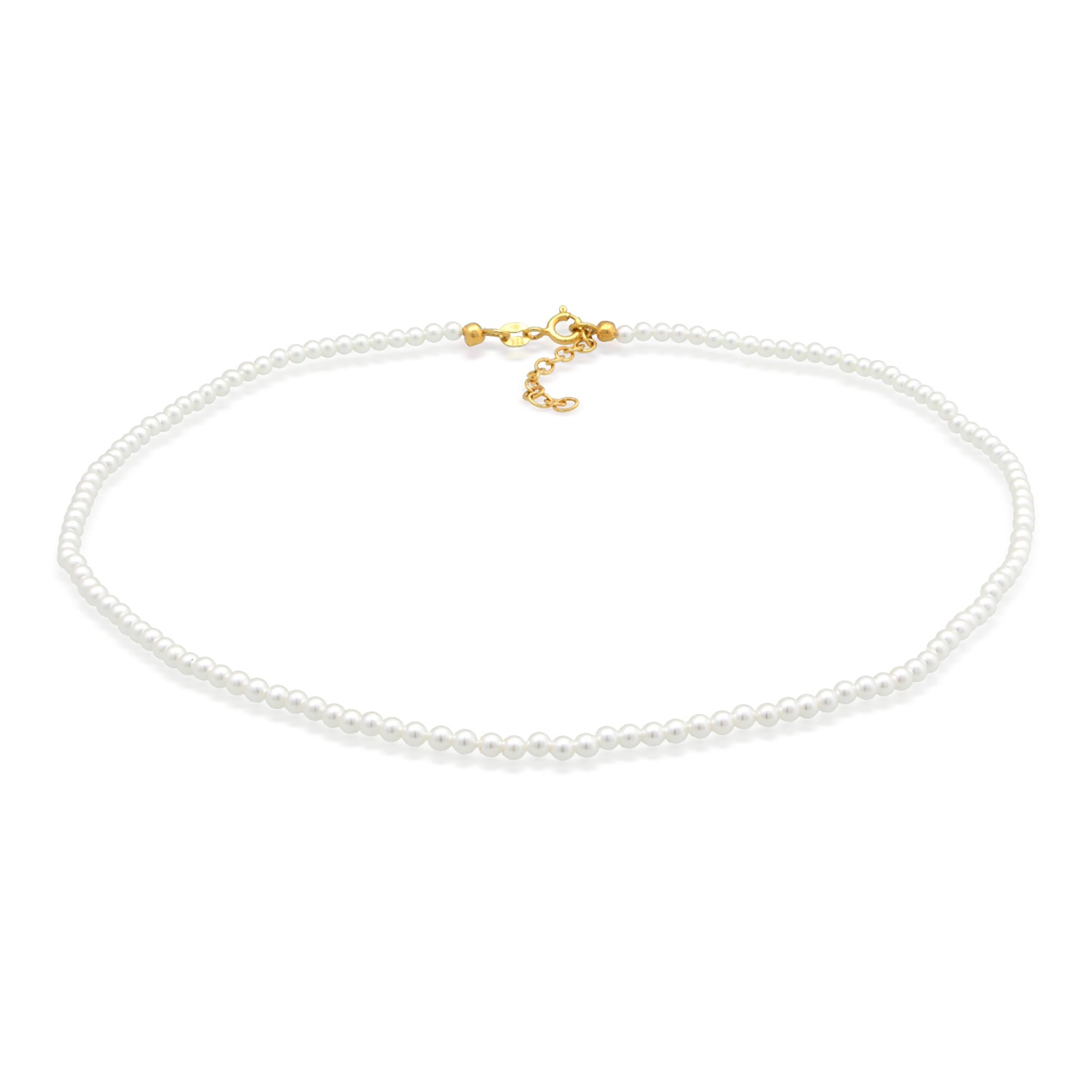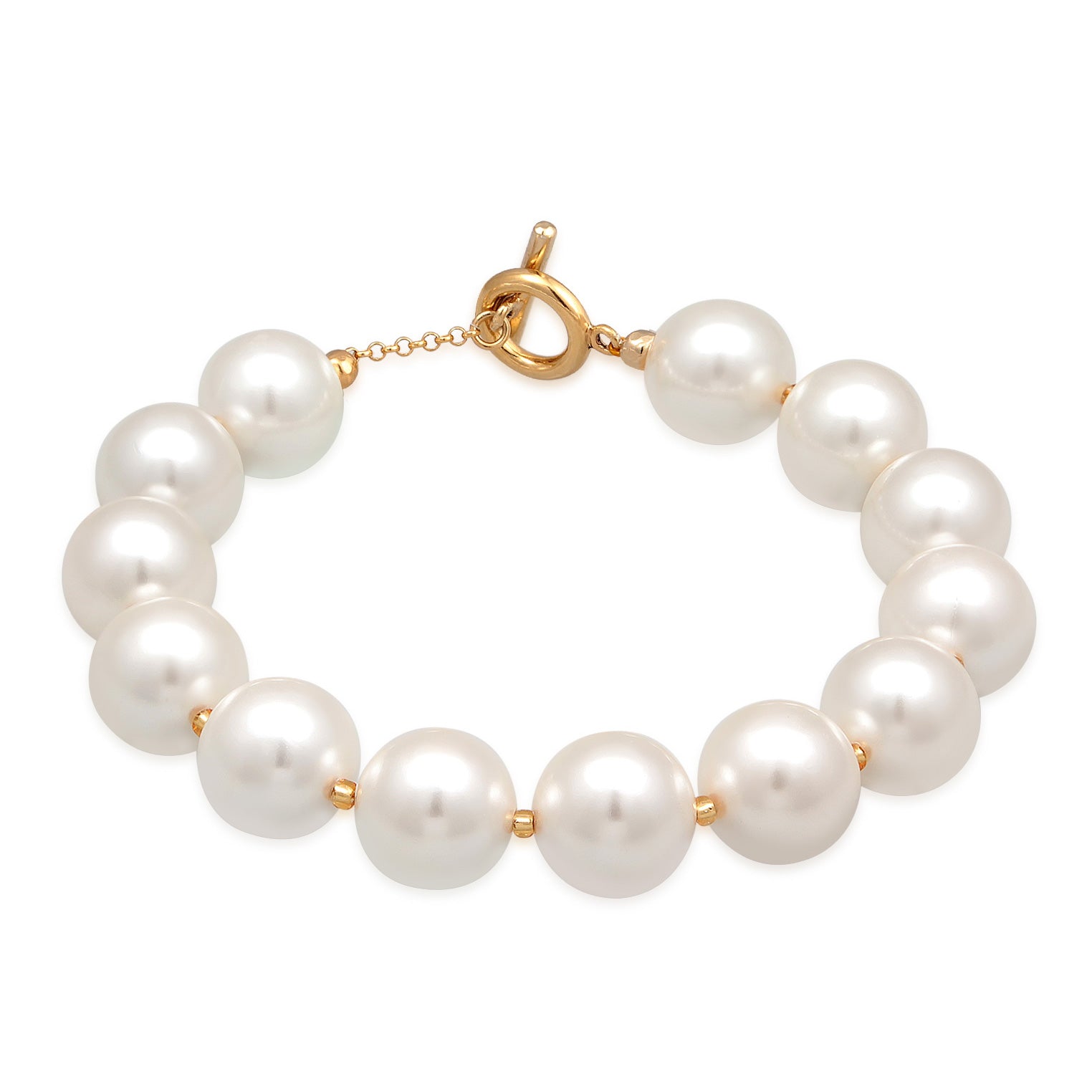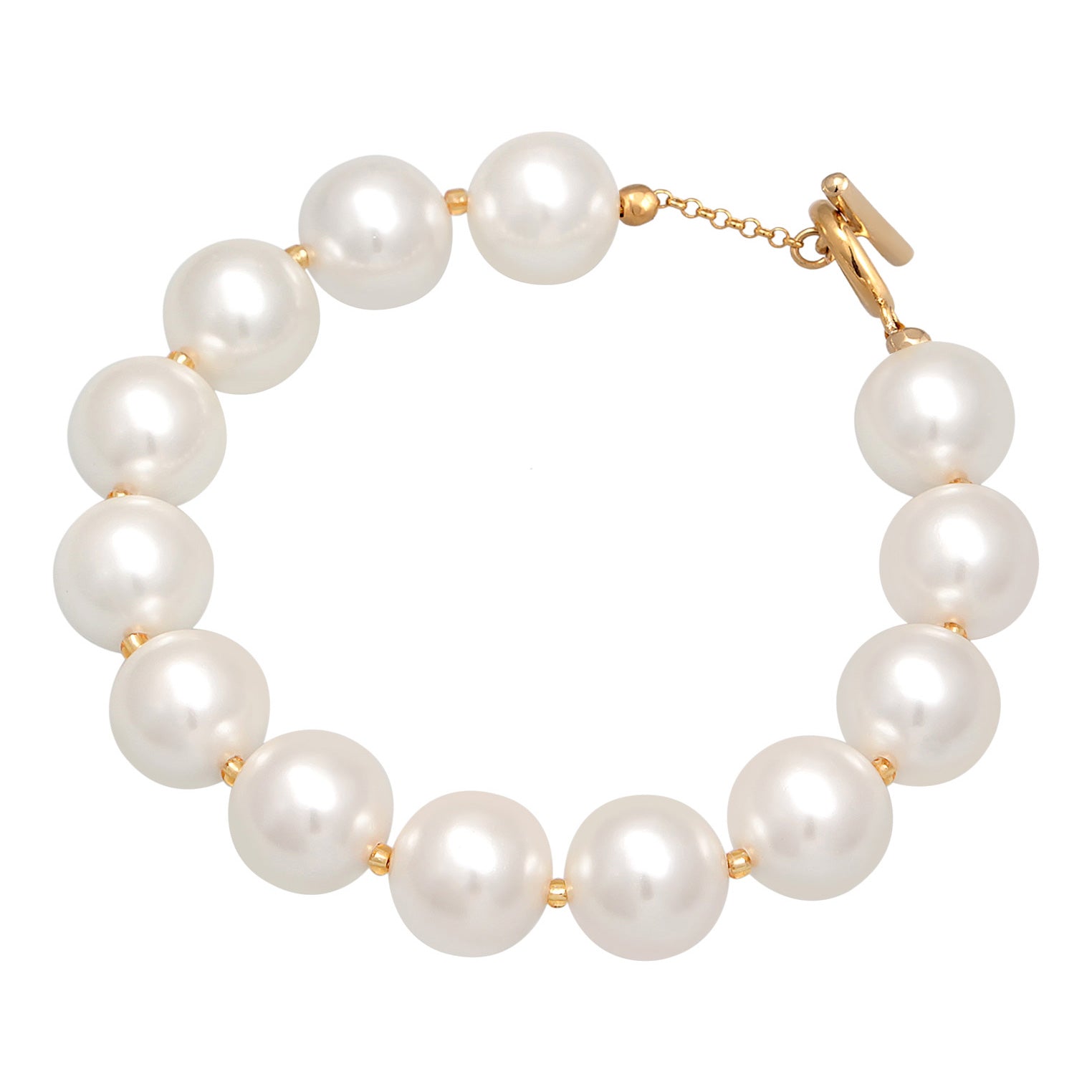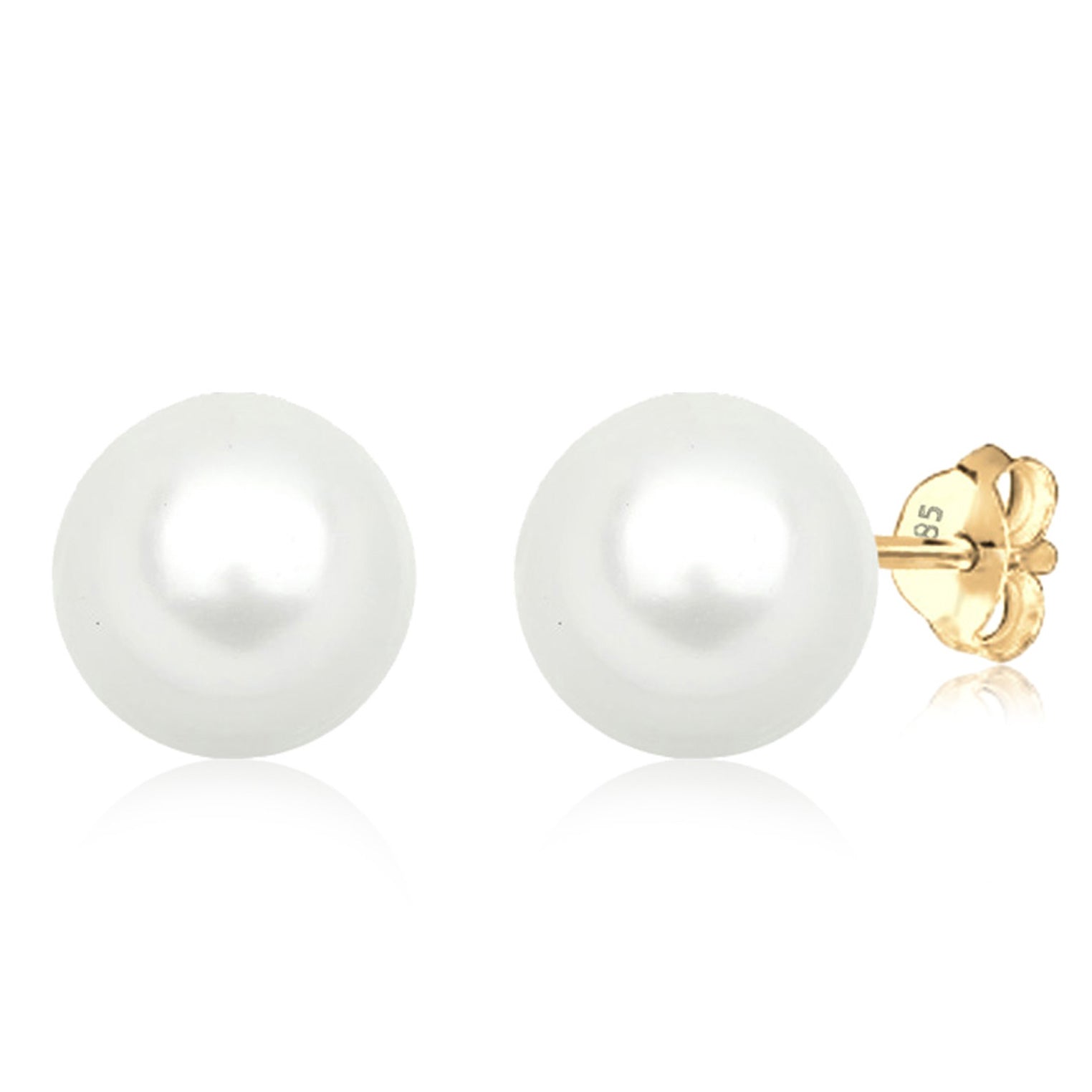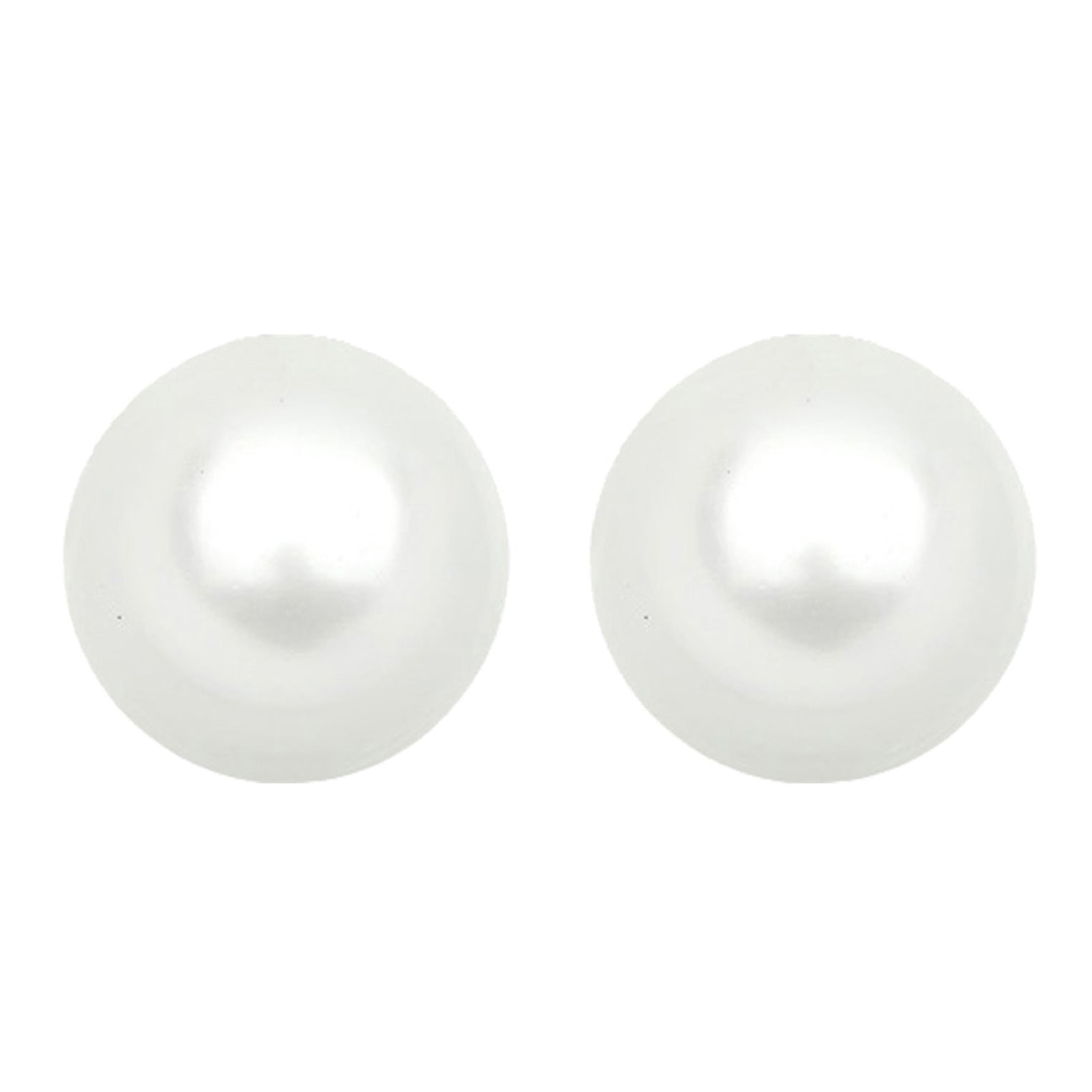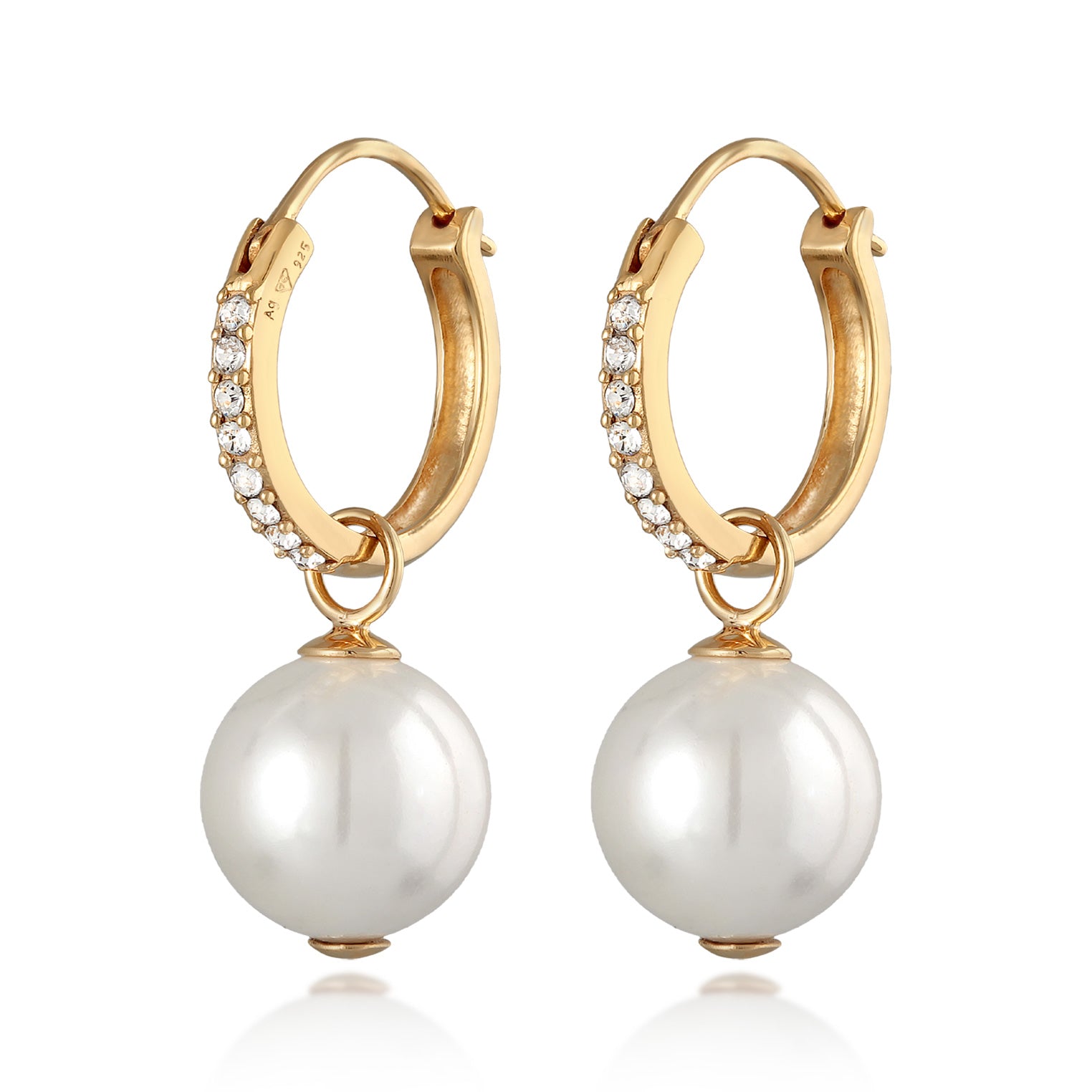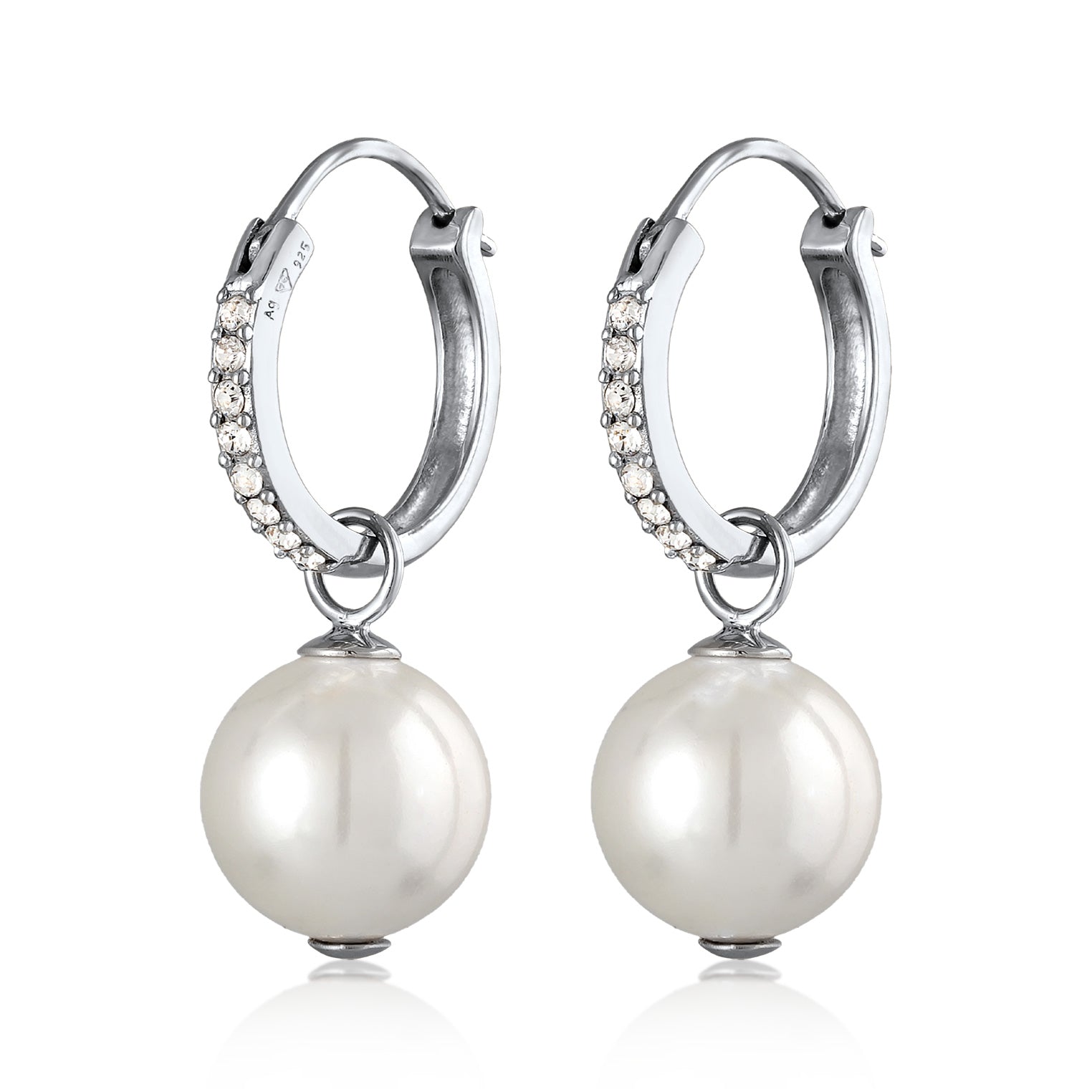Freshwater cultured pearls & shell pearls
Pearls have fascinated mankind for thousands of years. Many legends and stories deal with them. The Greeks used to believe that pearls came from the dew of the moon and the Romans believed that they were fruits of Venus, goddess of love.
Since pearls symbolize beauty and wealth, they were only reserved for the rich and powerful for a long time. In addition, naturally grown pearls are very rare and therefore expensive. When the cultivation of pearls was made possible, the general public could acquire pearls and thus enjoy them.
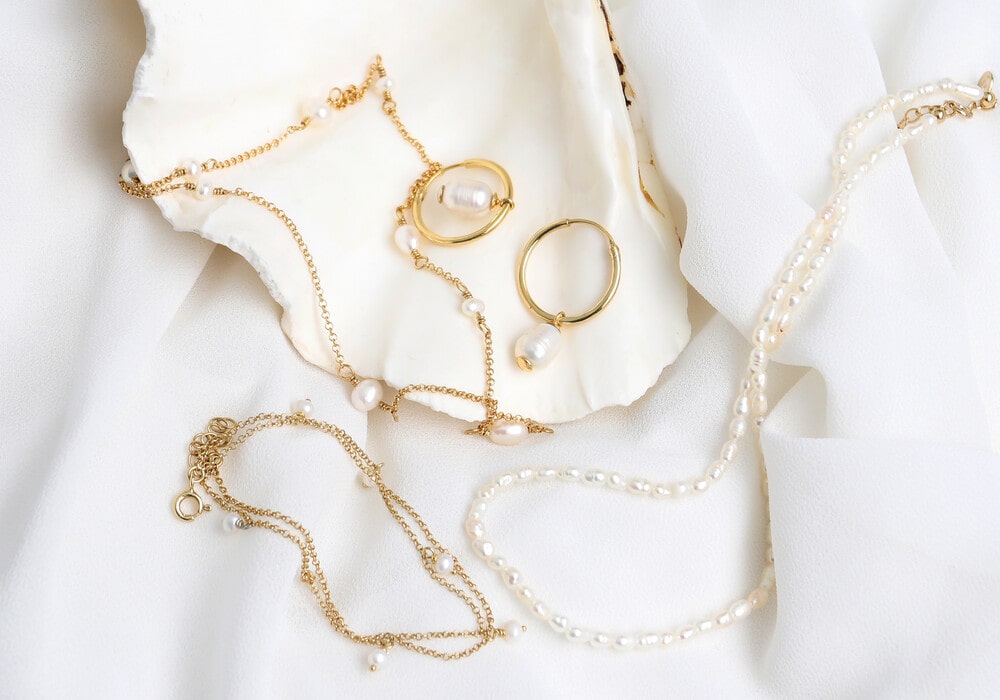
formation of the pearl
What are pearls actually made of? In general, it can be said that it consists of a kind of spherical accumulation of mother-of-pearl, or a mixture of aragonite ("carbonate of lime") and conchin, an organic horny substance.
Pearls are ultimately created by the fact that mussels and snails produce the pearls out of a protective reaction. However, only very few mussel and snail species form pearls. Most of these pearl-like structures are not made of mother-of-pearl, but of a porcelain-like, calcareous, often blunt substance that is similar to the shell material of mussels and snails. In comparison, however, there is a pearl oyster of the genus "Pinctada", which forms pearls of iridescent mother-of-pearl. The nice thing about it is that depending on the influence of the light, the material appears in a different color. For this reason, these oysters are also considered the most famous supplier of pearls.
Pearl oysters are found on mussel beds near the Atlantic and Pacific coasts at depths of 15 to 20 meters. To defend themselves against parasites and foreign objects entering the animal, the pearl oysters form pearls. So far the common thesis. However, this one foreign body alone is not enough for the mussel to form a pearl.
A piece of the sheath fabric is decisive for the formation of pearls. This piece sits directly under the mussel shell and must penetrate the interior of the mussel with the foreign body in order to trigger the formation of mother-of-pearl. Only the said mantle tissue has the effect that the penetrated body is repeatedly covered with layers of mother-of-pearl. This process kills the foreign body and ensures that the mussel is no longer threatened by the intruder.

The freshwater cultured pearl
Today, most cultured freshwater pearls come from Asia. In most cases, as the name suggests, they are bred in lakes or smaller rivers (i.e. fresh water). Due to its shapes, colors and size variety, it is one of the most versatile pearls. The freshwater cultured pearl has repeatedly caused big surprises in recent years, as the appearance has changed again and again due to complex experiments.
Traditionally, one of the characteristics of the pearl was that it was cultivated without a mother-of-pearl core. These pearls, which are cultivated without a core, are therefore made entirely of mother-of-pearl. This is one of the reasons why they are more similar to natural pearls in terms of appearance, structure and chemical composition than any other cultured pearl.
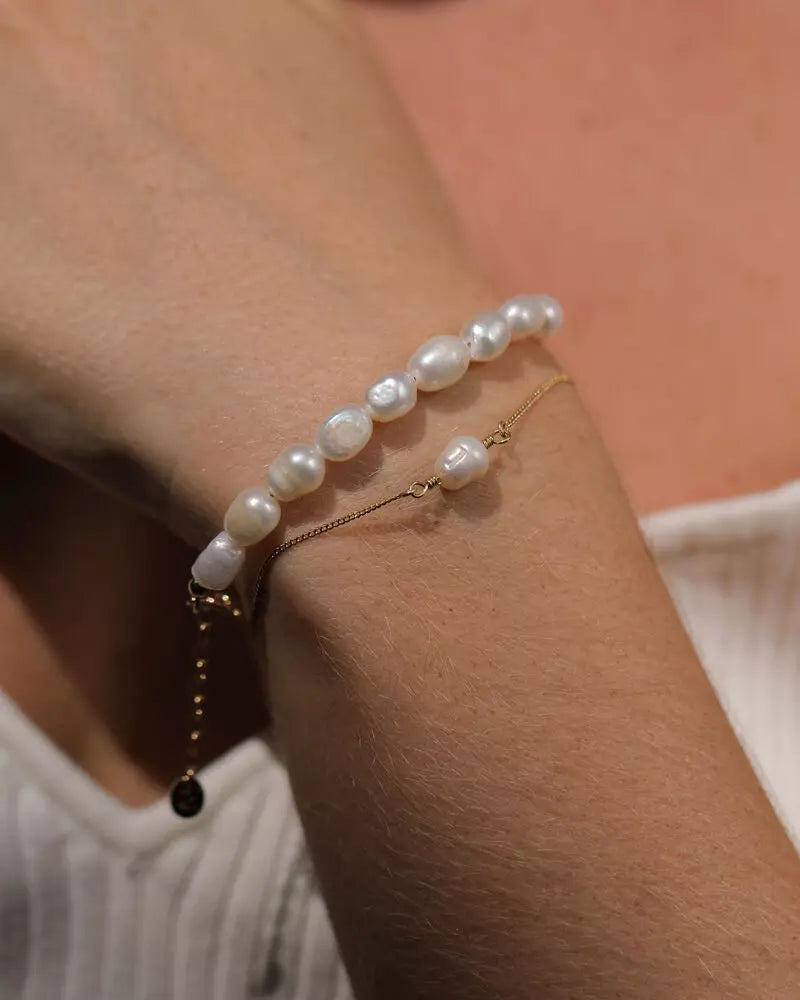
The shell pearl
Shell pearls are pearls that consist of a core covered with many layers of mother-of-pearl dust. This core, made from the shell material of the mother oyster, is very hard. In addition, all components of the shell pearl come from the same shell. If it is enriched with a desired color particle, the color as well as the shape and size of the pearl can be controlled and influenced during the manufacturing process. By growing the pearls, the natural organism of the pearls is not invaded and it can be produced much easier.
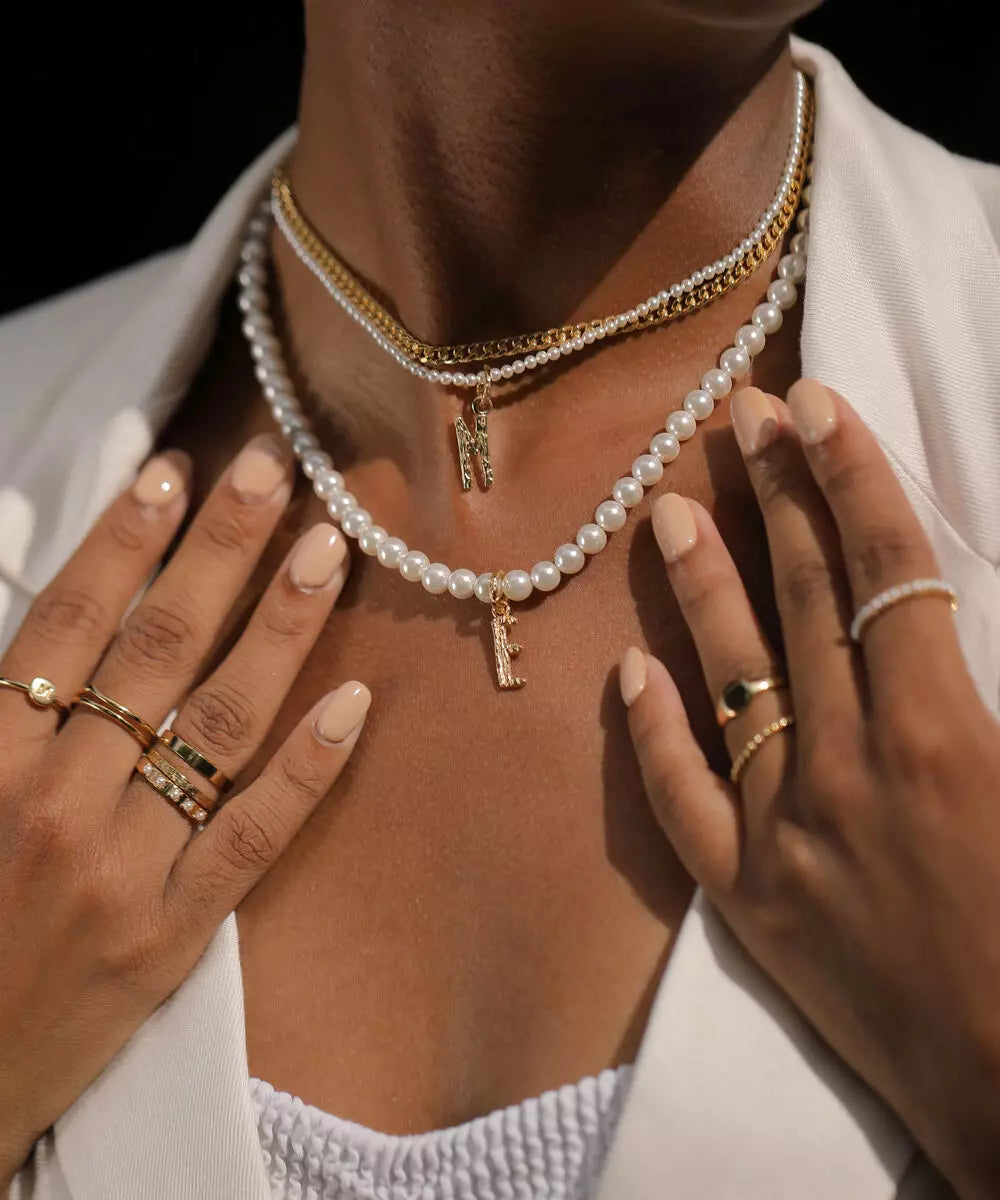
Our conclusion:
We at JULIE & GRACE love cultured freshwater pearls and shell pearls. That is why we have combined them with numerous beautiful pieces of jewellery!
BY KIRA

